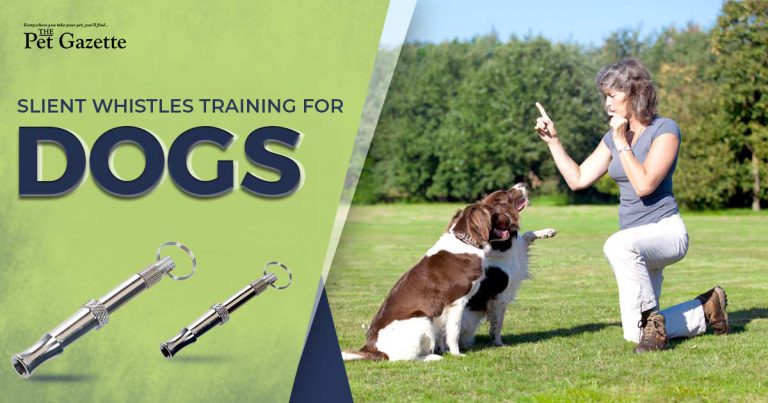verb 1. pretend to be someone one is not. synonyms: pretend to be, pose as, pass oneself off as, impersonate, disguise oneself as.
It’s an easy law to break, and dog cheats do. By strapping a vest or backpack that says “service animal” to their pet, anyone can go in stores and restaurants where other dogs are banned, creating growing problems for the disabled community and business owners and leading to calls for better identifying the real deal. Those with disabilities are worried about privacy and the safety of their highly trained service dogs, while business owners are concerned about health violations and damage to merchandise from impostors abusing the system.
Depending on where you live, you may be accustomed to seeing people routinely bringing their pet dogs into all sorts of businesses, that are not pet friendly, while claiming that their dogs are service dogs. This leaves business owners to feel they have no recourse; even when the dog is misbehaving! There is no specific demographic who can be singled out for taking part in this behavior. There are plenty of teenage girls who try to emulate celebrities, by using small dogs as fashion accessories. However, there are also countless people, both men and women, who own dogs of every variation of size and breed, who try to get away with bringing their pets into places like grocery stores, shopping malls, restaurants and other places of public accommodation that are not pet friendly. These individuals cry wolf -or should we say, “service dog”- when they are asked to remove their dogs from these places.
Individuals, who are part of the “fake service dog,” movement, have earned the title of “fakers.” from some members of the legitimate service dog community. The term, “faker,” has become a derogatory term among service dog handlers and others within the disabled community. While it is not the most politically correct term, it is certainly poignant.
Only people with disabilities have federally protected rights to be accompanied by their service dogs in places of public accommodation. Therefore, not only are people who falsely claim that pets are service dogs misrepresenting their dogs, but by doing so, they are also inherently claiming to have a disability.
The vast majority of people who misrepresent their pet dogs as service dogs simply do so to gain access to places that normally restrict pets. All they want is to spend more time with their loving companions. They do not take the time to think about how their
actions affect others, but the unfortunate reality is that the entire service dog community suffers. Really all pets and owners suffer as a result of this snobbish behavior by a few.
The manner in which most legitimate service dog teams conduct themselves is in direct contrast to that of pet owners, who misrepresent their dogs as service dogs. As this trend increases, so does the skepticism of the general public, as well as business owners.
When business owners, employees and the general public doubt the legitimacy of a service dog team, a ripple effect is created. The act of misrepresenting a pet as a service dog is one of the primary factors that are responsible for the prevalence of access challenges to legitimate service dog teams. Access challenges, especially those which are not resolved quickly and smoothly, can be the beginning of very negative and psychologically tolling experiences, for service dog teams. The worst case scenario of an access challenge, despite its illegality, is one that is not resolved; resulting in substantial, undue stress for the service dog team.
As a result of people who misrepresent their pets as service dogs, legitimate service dog teams face an increased degree of discrimination, in forms beyond access challenges. Business
owners, employees and gatekeepers are likely to hold legitimate service dog teams to the low standard of behavior that has been set by their previous experiences with pets, who have been misrepresented as service dogs.
Service dog teams inevitably receive discrimination in some form, on a regular basis; whether it is a result of others’ thoughtless behavior or simply because a business owner doesn’t like dogs, doesn’t want his or her business to be associated with the disabled community or has some other ridiculous notion. However, it is certainly worth taking the time to reflect upon just how significantly a seemingly harmless act can affect the lives of an entire subculture, within a particular area.
It is usually easy to tell the difference between a legitimate service dog team and a person who is accompanied by a pet dog. However, the vast majority of people have not had encounters with legitimate service dog teams, which prevents them from having a standard to keep in mind. Service dogs receive hundreds of hours of socialization, advanced obedience training and formal training to perform the jobs for which they were intended. A service dog’s training also includes learning appropriate behavior in a wide variety of public environments. Even a well-trained or
well-mannered pet dog has only had so much socialization and intense obedience training.
A person accompanied by his or her pet dog will generally have their act given away, when the dog demonstrates poor basic obedience skills, noncompliance to the owner’s commands or other undesirable behaviors.
This isn’t to say that a dog who manifests any of the aforementioned traits should automatically be assumed to be the pet dog of a person who does not have a disability. Even service dogs have “off days,” when they may not be performing to their potential.
While it is certainly within the realm of possibility for a service dog to have an “off day,” or react inappropriately to a particular situation, it will typically be obvious, whether or not the dog is a service dog. This method of differentiating between a pet dog owner and a legitimate service dog team depends on assessing the behavior of the person, rather than the dog. A service dog handler will be savvy enough to address a problem with his or her service dog effectively, or remove the dog from the situation. A pet dog owner will likely remain, with an out of control dog.
And it is important to understand that a person whose disability is not immediately apparent should not be reason to assume that the person does not have one. In other words, a person who appears to be free of disability, yet is accompanied by a service dog, can just as easily have a significant disability as someone with an obvious physical impairment.
Another example of the absence of something not being proof of foul play is identification. Not all service dogs are identified as such and federal law does not require them to be. Keep in mind service dogs come in all shapes, sizes and breeds. A dog’s breed or size is not indicative of its validity as a service dog.
And keeping with the theme of our issue those “pet snobs” who carry tiny dogs in purses, in an attempt to sneak them somewhere, are rarely unnoticed. Even well – behaved small dogs who are hidden in purses can have an impact on the service dog community. Legitimate service dog teams, that include a toy breed dog are faced with increased scrutiny, because others perceive them as being among the many who sneak their pocket-sized pet dogs around.
If all the reasons why misrepresenting a pet as a service dog are not sufficient incentive not to do so, it is worth pointing out some factors that you, as a responsible dog owner should care about.
Service dogs receive many of hours of socialization, very advanced training and temperament testing. Without the intention of invalidating a well behaved pet dog, by making this statement, there is a world of a difference between a dog who has received solid basic obedience training, or is a naturally well-mannered dog and a dog whose every aspect of life has been planned out and prepared for, since puppyhood.
- How would your dog respond to a child rushing up to your dog and throwing his arms around him, giving the “nice doggie,” a big bear hug, at the encouragement of his parents?
- How would your dog respond to a woman shrieking in terror, as she turned the corner, horrified to find a dog where she would least expect to find one? What if, in her moment of terror, she instinctively lashed out at your dog?
- How would your dog react to large, loud machinery being used to clean floors, move pallets or do renovations passing him, within inches?
- How would your dog respond to being approached by someone with a significant disability, who looks and sounds different from any person your dog has ever encountered, possibly with medical equipment in use
- How would your dog respond to many items getting knocked off the top shelf, in a store, just barely missing your dog, on the way down
- Is your dog prepared for that which cannot be prepared? In an environment which can be too stimulating for even some people to tolerate, your dog can become grossly overwhelmed. Do you know your dog well enough to know whether or not to expect a fight or flight response and are you prepared to respond accordingly?These are questions that service dog handlers must ask before being truly prepared to work with the service dogs in public places. It’s a tremendous weight to bear on one’s shoulders, in the interest of independence. Society is privileged to have service dogs who are adequately prepared, not only to experience potentially stressful situations, without batting an eye, but also to take care of us, their handlers, while doing so.Service dogs in training are expected to make a mistake, here and there. That’s why they’re still in training. But, as a general rule a legitimate service dog in training team will demonstrate the control and consideration for others and the environment that a fully trained service dog team would.




